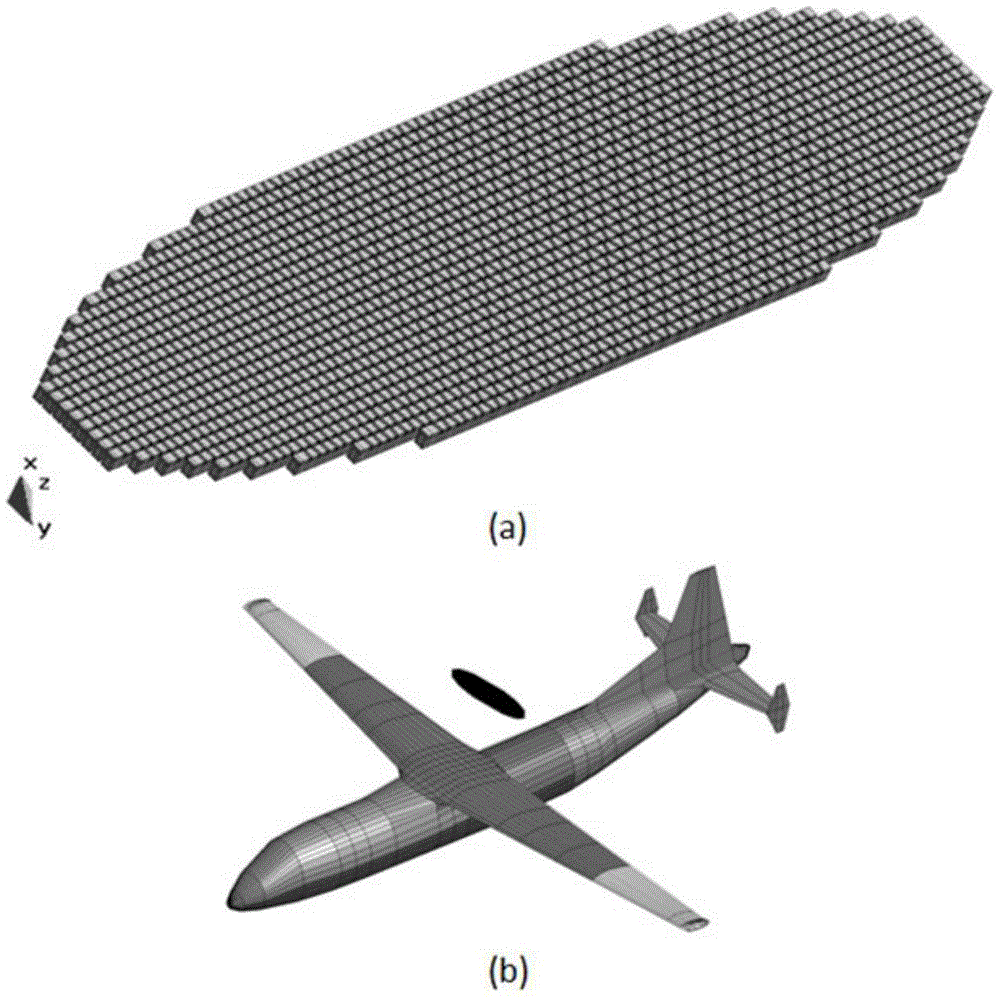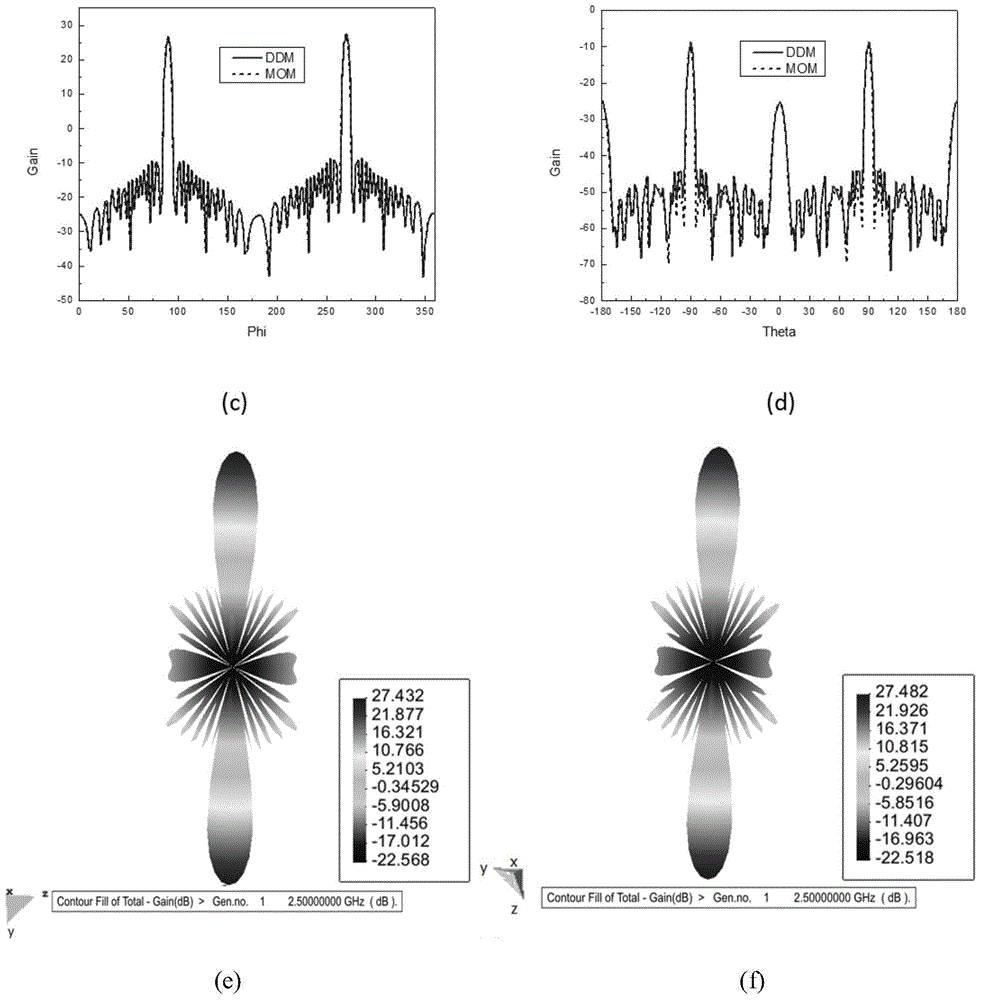Method for decomposing out-of-core area based on parallel high-order moment method
A high-order moment and outer region technology, applied in the field of computational electromagnetics, can solve problems such as the inability to solve electromagnetic problems with computational time and memory resources, and the increase in resources, to overcome the limitations of computational time and computational resources, high accuracy and reliability effect
- Summary
- Abstract
- Description
- Claims
- Application Information
AI Technical Summary
Problems solved by technology
Method used
Image
Examples
Embodiment 1
[0043] refer to image 3 , in the embodiment of the present invention, the method for decomposing the outer nuclear region based on the parallel high-order method of moments includes the following steps:
[0044] Step 1, according to the actual characteristics of the solution target, it is divided into several sub-areas for modeling. For discontinuous problems, extensions to adjacent regions are not required.
[0045] Step 2, perform quadrilateral subdivision on the surface of each sub-region respectively, and extract model information.
[0046] Step 3. For each sub-region, use the method of moments and extra-core techniques to solve it separately. When filling the impedance matrix, when the structure of each sub-region is the same, it only needs to be filled once, and it will be reused in the subsequent iteration process. This saves a lot of matrix filling time.
[0047] Step 4, initialize the current value, set an iteration error range and the maximum number of iterations...
example 1
[0054] Example 1: An umbrella-shaped microstrip antenna array with a unit number of 30×14, the model is as attached Figure 4 shown. Each unit is discontinuous, and the unit spacing is: 0.065m in the x direction, 0.065m in the z direction, monopole excitation, and the frequency is 2.5GHz. Divide it into 14 regions along the z direction. The overall model uses the simulation computing platform 2, and the regional decomposition uses the simulation computing platform 1.
example 2
[0055] Example 2: A microstrip dipole array with a unit number of 1×96, the model is as attached Figure 5 As shown, each unit is continuous. Monopole excitation at a frequency of 3GHz. It is divided into 6 regions along the y direction, and each region extends two units to the adjacent region respectively. The overall model uses the simulation computing platform 1, and the regional decomposition uses the simulation computing platform 1.
PUM
 Login to View More
Login to View More Abstract
Description
Claims
Application Information
 Login to View More
Login to View More - R&D
- Intellectual Property
- Life Sciences
- Materials
- Tech Scout
- Unparalleled Data Quality
- Higher Quality Content
- 60% Fewer Hallucinations
Browse by: Latest US Patents, China's latest patents, Technical Efficacy Thesaurus, Application Domain, Technology Topic, Popular Technical Reports.
© 2025 PatSnap. All rights reserved.Legal|Privacy policy|Modern Slavery Act Transparency Statement|Sitemap|About US| Contact US: help@patsnap.com



